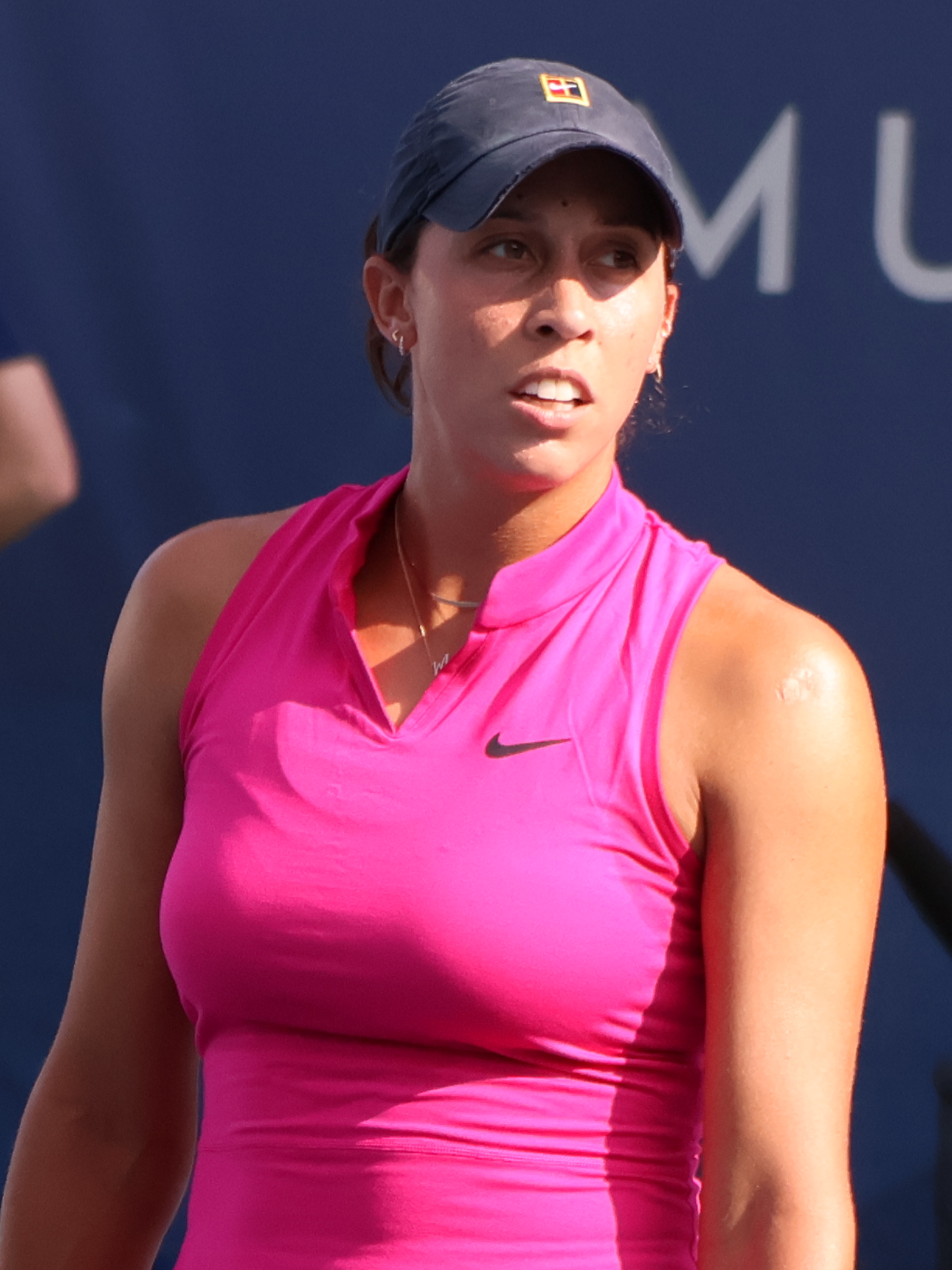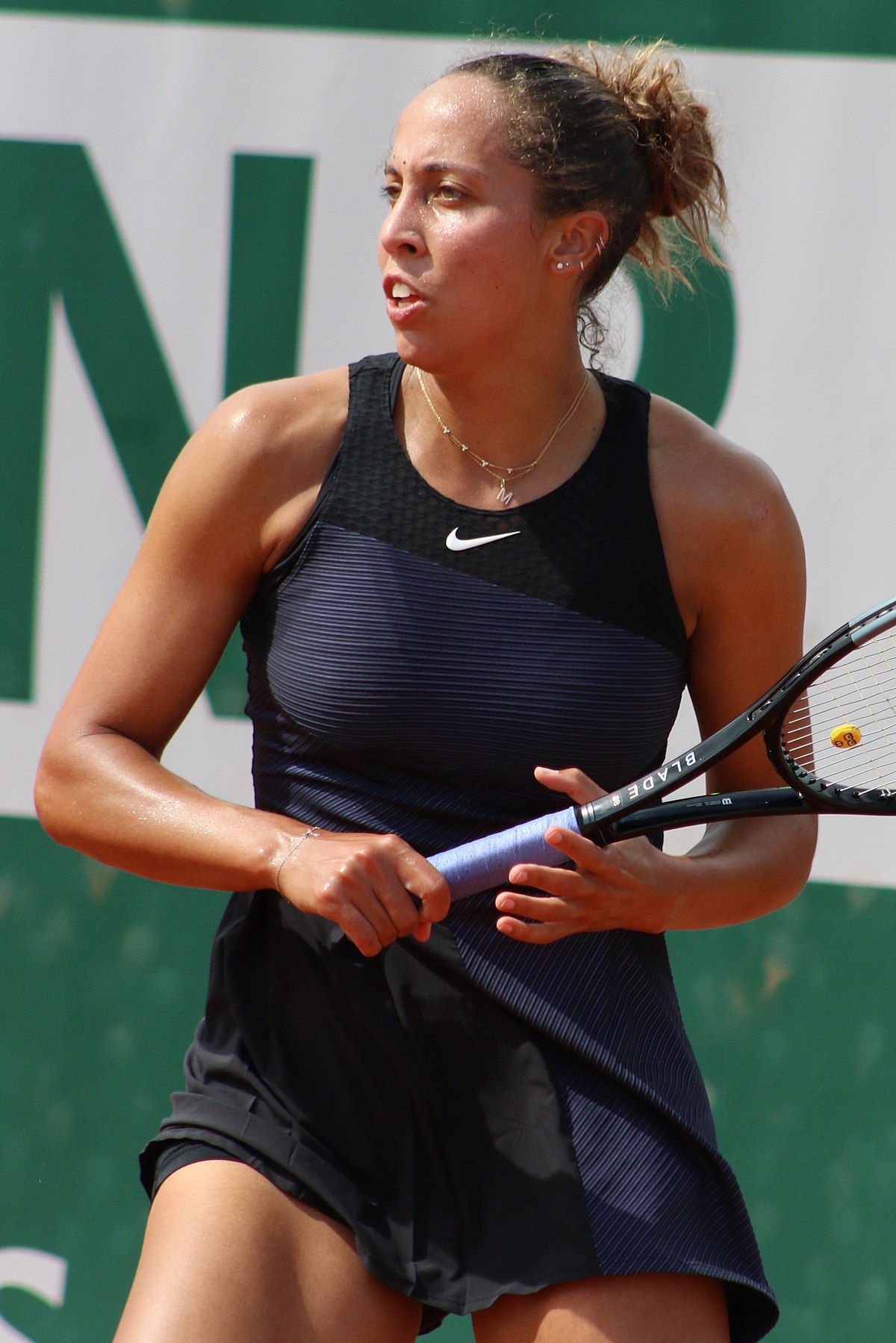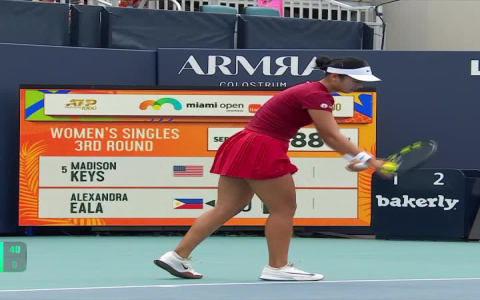Alright, let me tell you about my little tennis key experiment. It all started when I was watching some pro matches and noticed how much those guys spin the ball.

I got this crazy idea: could I somehow measure the amount of spin imparted on the ball just from the sound of the impact? Like, could I train a machine learning model to predict spin based on the “thwack”? Sounds nuts, right? Well, I was bored.
First Things First: Data Collection
This was the annoying part. I grabbed my old tennis racket, a bucket of balls, and my phone. I went down to the local court and started hitting forehands, trying to vary the spin as much as possible. Flat shots, heavy topspin, slices… you name it.
- My setup was super janky. I duct-taped my phone to the fence, pointed it towards the impact zone, and just recorded everything.
- The audio quality? Terrible. Wind noise, cars driving by, kids yelling… it was a mess. But hey, it’s data, right?
- I hit probably around 200 balls, recording each shot individually. Stop, record, hit, repeat. My arm was killing me.
Next Up: Audio Processing (The Slightly Less Annoying Part)
Okay, so I had a bunch of audio files. Now what? I needed to extract some meaningful features from them. I’m no audio engineer, but I knew a little about signal processing.
- I used Python and a library called Librosa to load the audio files and extract features.
- I calculated things like the Mel-Frequency Cepstral Coefficients (MFCCs), spectral centroid, spectral bandwidth, and a few other basic audio descriptors. Honestly, I just copied some code I found online.
- Each audio file became a vector of numbers representing its sound characteristics.
The Machine Learning Bit (Where Things Got Interesting)
Now for the fun part: training a model. I didn’t have any actual spin measurements, so I had to wing it. I decided to categorize the shots into three classes: “Flat,” “Topspin,” and “Slice.”
- I manually labeled each audio file based on what I thought the spin was. This was super subjective and probably not very accurate.
- I split the data into training and testing sets.
- I tried a few different machine learning models: a Support Vector Machine (SVM), a Random Forest, and a simple Neural Network.
- The Random Forest performed the best, which wasn’t saying much.
Results (Prepare for Disappointment)

The accuracy of the model was… not great. It could maybe distinguish between a flat shot and a topspin shot with about 60% accuracy. Slices were basically impossible to identify. The problem was likely due to several things:
- The poor audio quality.
- The subjective and inaccurate labeling of the data.
- My lack of expertise in audio processing and machine learning.
Lessons Learned (And What I’d Do Differently)
So, my grand plan to measure spin from sound failed miserably. But I did learn a few things:
- Data quality is everything. Next time, I’d invest in a decent microphone and find a quieter location.
- Accurate labeling is crucial. Ideally, I’d use some kind of sensor to measure the actual spin of the ball.
- I need to learn more about audio processing and feature engineering. Maybe take a course or something.
Basically, this was a fun little project that didn’t work, but I still learned something. Maybe someday I’ll revisit this with better data and more knowledge. For now, I’ll just stick to watching the pros.












